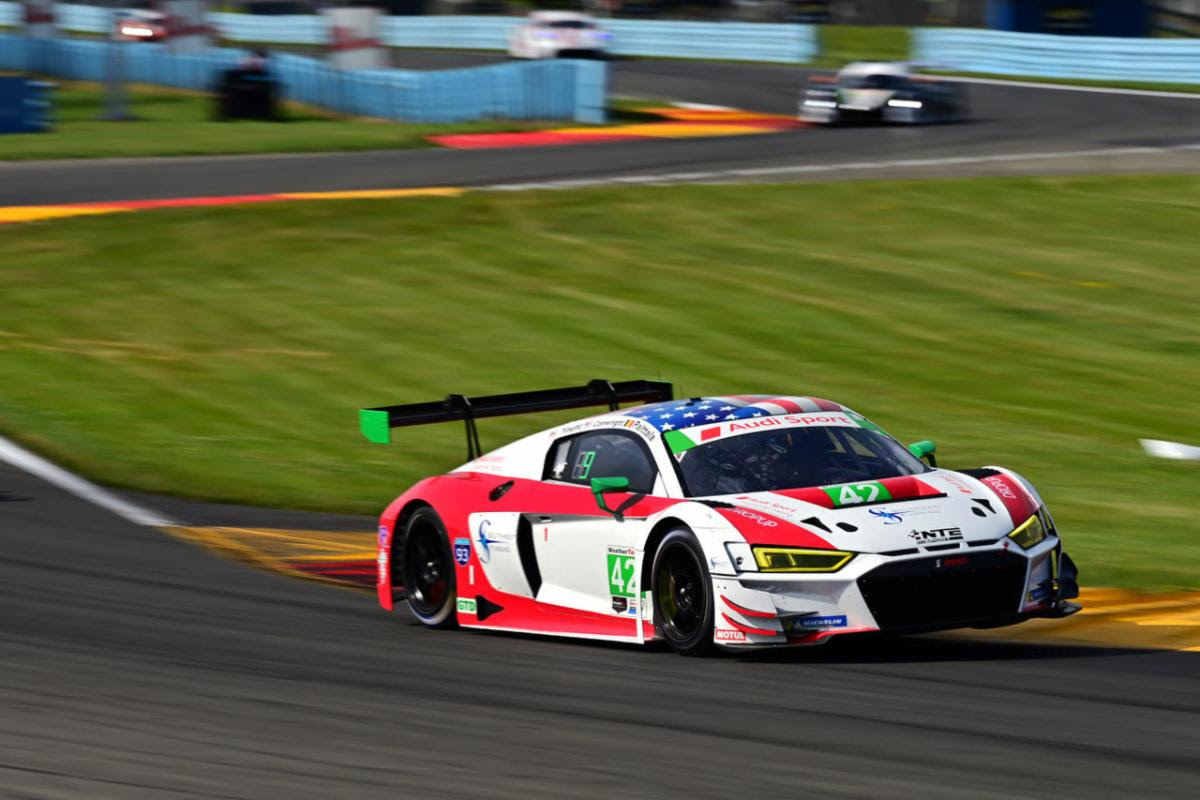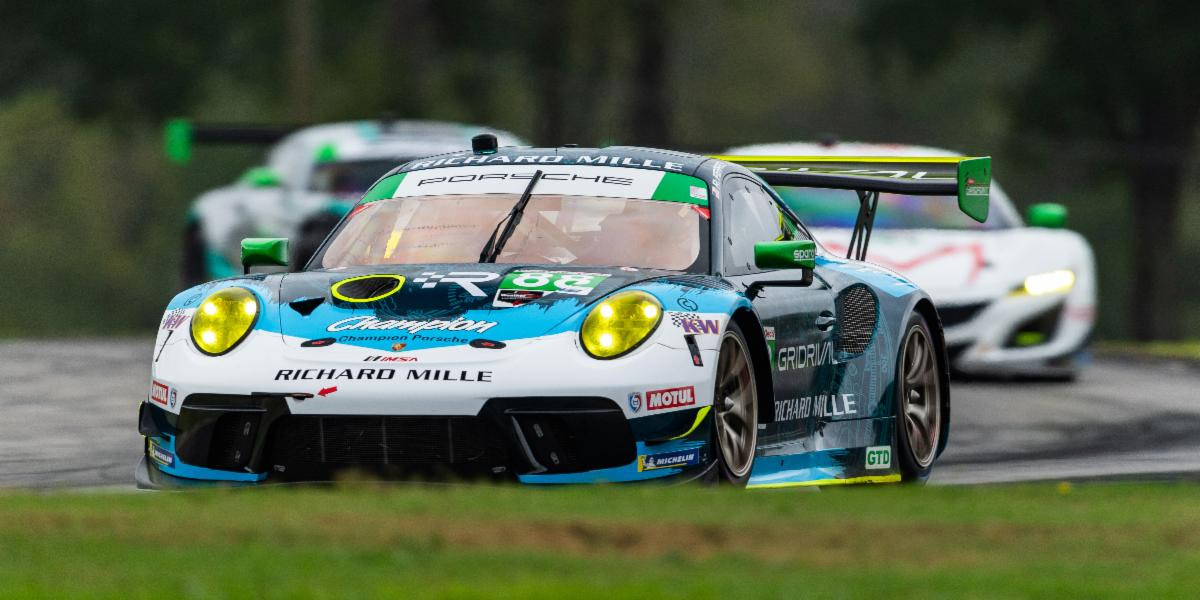For the upcoming 2022 racing season, the National Association for Stock Car Racing (NASCAR) recently announced two firsts in the sport’s history. First, it’s building a quarter-mile track inside the Los Angeles Memorial Coliseum, the first time NASCAR has ever done so in a stadium setting.
But perhaps the bigger news is the second one: the debut of the seventh generation of NASCAR racing cars, known as NASCAR Next Gen. After the race, it’ll add to the 73-year-old legacy of one of—if not—the most popular racing series in America.
In anticipation of the 2022 racing season starting on February 6, this article will take you on a trip down memory lane. Here’s a recollection of cars from past, present, and future generations, how they got from modified frames to ones akin to what you now see on a used cars dealer.
Humble Beginnings After The War: Generation 1 (1948 – 1966)
Founded in 1948, NASCAR basically began when new cars were in short supply, as carmakers focused on wartime production and were only starting to retool their production lines and manufacturing plants. As a result, it wasn’t unusual for pre-World War II makes and models to run the track like Red Byron’s 1939 Ford.
The first generation cars set the template for stock racing: a vehicle with a stock body, its doors strapped shut, seat belts, and a heavy-duty rear axle to mitigate rolling. Near the end, NASCAR required racecars to have roll cages, but most racers didn’t take it seriously as it added weight.
Introduction Of Changes: Generation 2 (1967 – 1980)
By 1967, NASCAR introduced several changes; the cars retained their stock body but mounted on a modified frame and chassis. These requirements showed the sport’s position on enhancing safety, but they also improved handling.
It was also during this period that teams began emphasizing aerodynamics, specifically adding lip and full-fledged spoilers. The move helped Buddy Baker and his 1970 Dodge Daytona make history, becoming the first to average over 200 mph in a closed course.
Smaller And Faster Cars: Generation 3 (1981 – 1991)
The more modifications teams made with their cars, the less they looked like those displayed in different showrooms. To make it so, NASCAR made new changes, including lowering the wheelbase size to a baseline of 110 inches (which remains to this day) and downsizing the cars themselves.
The changes made racing vehicles smaller than their predecessors, but a focus on engine power meant they were faster. Bill Elliot’s still-undisputed qualifying speed pegged at 212.809 mph opened the world to a faster and more exhilarating NASCAR.
Aerodynamics: Generation 4 (1992 – 2006)
The fourth generation of stock cars would, in a figurative sense, see them come out of wind tunnels. Aerodynamics became the name of the game, as teams would invest in wind tunnel testing to craft exterior parts. They also made the parts out of lighter composites like fiberglass.
Unlike the previous generations, modifications comprised almost every part of the racecar. They barely resembled their showroom counterparts, which was good or bad depending on where you stand on the issue.
Ultimately, such trends would come to a head with Dale Earnhardt’s fatal crash at the Daytona 500 in 2001. His death showed the perils of overcompensation, prompting NASCAR to return to emphasizing safety six years later.
Emphasis On Safety Features: Generation 5 (2007 – 2012)
NASCAR’s return to safety would result in the debut of the Car of Tomorrow in 2007, which featured plenty of safety mechanisms. Some of these include foam-filled sides and a centrally-oriented driver area to protect them from rollovers and crashes better.
Initial feedback was lukewarm at best, as the emphasis on safety also meant sacrificing overall performance. Eventually, the public learned to appreciate it after Michael McDowell in 2008 survived a 180-mph crash against the racetrack barrier (which also had been made safer).
Current Race Car Makes: Generation 6 (2013 – 2021)
The current generation is the product of input from fans and drivers alike. Teams pulled back on reliance on aerodynamics, seeing that it affected their ability to race in a pack. Car manufacturers reentered the fray with their unique body panels, resulting in designs that appear more akin to the showroom ones. As NASCAR puts it, this generation put the ‘stock’ back in stock car racing.
Next Gen: Generation 7 (2022 and beyond)
Next Gen will mark the first time racing teams will have to buy their components from official vendors instead of a more open market. Apart from that, the regulations will be mostly modern versions of those in place in the 1960s, including independent rear suspension, wheel diameter limit increase to 18 inches, and a center-lock lug nut.
Conclusion
It’s safe to say that Next Gen won’t mark the pinnacle of NASCAR race car evolution because technology steadily marches on. Will its successor introduce radical modifications or remain faithful to the stock spirit? Only time will tell.










